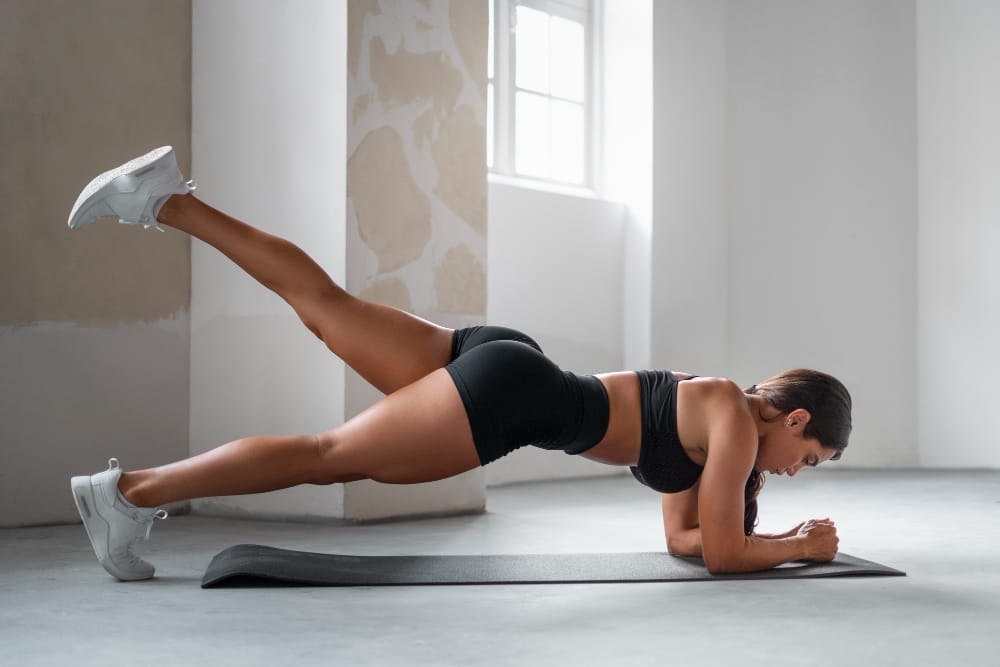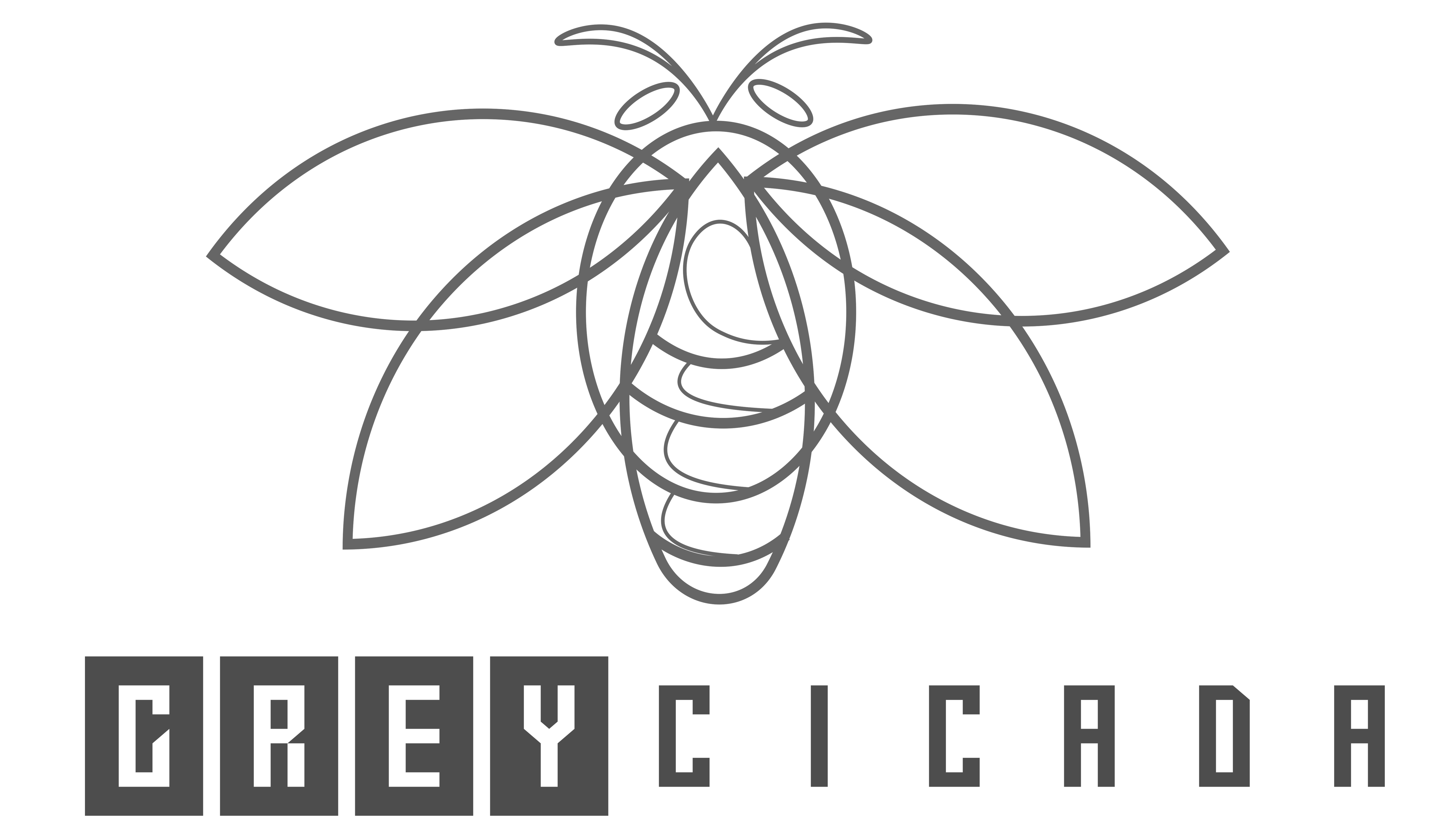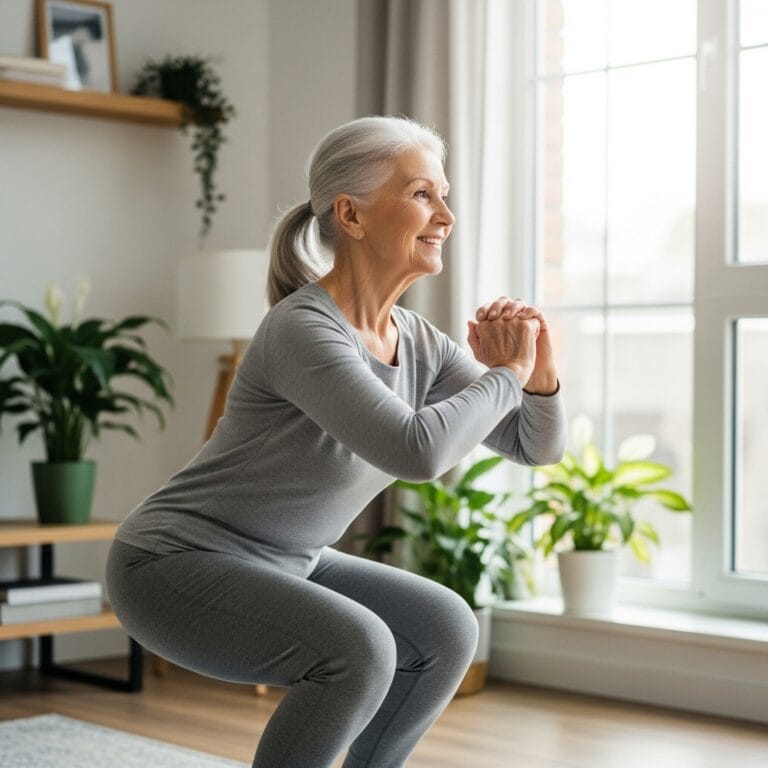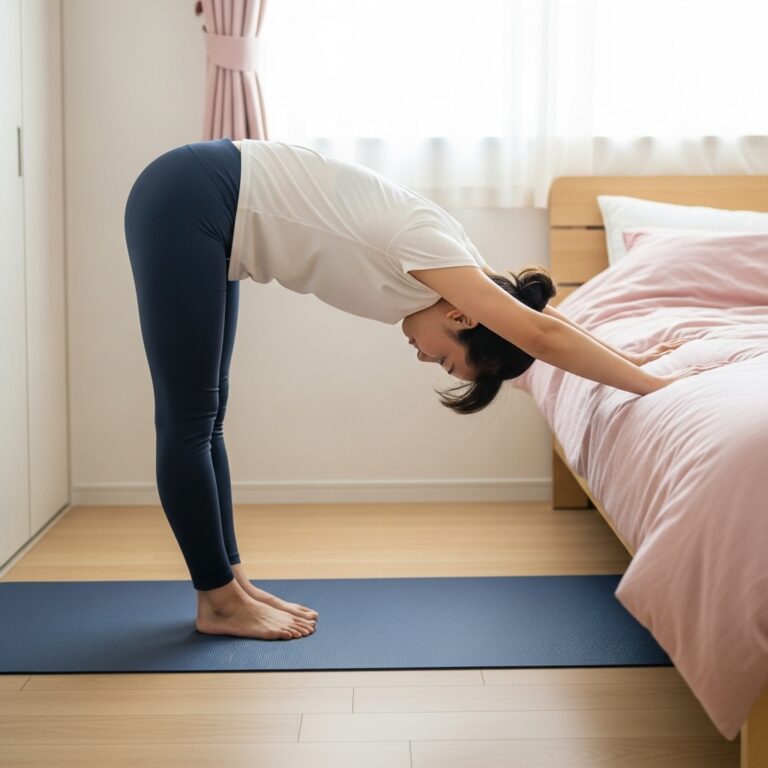FREE SHIPPING OVER $50
Struggling With Balance? These 3 Core Moves Could Save You From a Fall

You might assume that feeling a little wobbly or catching yourself on the edge of a chair is just a normal part of getting older, or maybe a sign you need to practice standing on one leg more often. However, consistently poor balance is a genuine safety concern, and it often has less to do with your legs and everything to do with the powerhouse right in the middle of your body: your core. A weak core is a serious vulnerability that affects everything from your posture when sitting to your ability to recover quickly from a trip or slip.
Fortunately, you don’t need endless crunches or complex equipment to stabilize your body. The path to better, safer balance lies in mastering a few specific, functional movements that teach your core muscles how to work together as a rigid, protective unit. We’re going to dive into the three best core stabilizing exercises that are scientifically proven to build the rock-solid foundation that could genuinely save you from a nasty fall.
The Hidden Connection: Why Your Core is Your Best Fall Defense
When most people think of core training, they immediately picture a six-pack, or rectus abdominis. While a strong six-pack looks great, those superficial muscles are only one part of the total stability equation. The true heroes for fall prevention are the deep stabilizing muscles—specifically the transverse abdominis, the obliques, the deep back muscles (like the multifidus), and the pelvic floor.
These deeper muscles act like a natural, internal corset. Their primary job isn’t to move your torso, but to prevent it from moving. This function, known as anti-movement or anti-stability, is the key to balance. When you trip over a sidewalk crack, the speed with which your core braces and prevents your torso from pitching forward is what keeps you upright. If your deep core is slow or weak, your body can’t stabilize fast enough, and down you go. Therefore, improving stability requires training your core to resist forces trying to rotate, bend, or arch your spine.
The Role of Proprioception and Motor Control
Stability isn’t just about raw strength; it’s also about proprioception, which is your body’s sixth sense—the awareness of where your limbs and body are in space without looking. Functional core movements, the kind that challenge your stability, enhance this mind-body connection. They force your nervous system and muscles to communicate better, leading to faster, more automatic reactions. This improved motor control means you’ll react correctly to sudden shifts in weight, like stepping off a curb you didn’t see. By making these core muscles react automatically, you effectively automate your fall prevention system. The three movements we’ll explore next are masters at this specific type of training.
3 Core Moves for Improving Your Balance
Movement 1: The Dead Bug (Mastering Anti-Extension)
The Dead Bug is perhaps the most underrated core exercise available. It’s a foundational movement that targets the deep core and is essential for spine stability. It forces your lower back to stay glued to the floor, resisting the powerful force that tries to arch your spine when your limbs extend—a concept known as anti-extension.
How to Execute the Perfect Dead Bug
- Starting Position: Lie flat on your back on a mat. Lift both your arms straight toward the ceiling. Bring your legs up into a “tabletop” position, with your knees bent at a 90-degree angle directly over your hips. Actively press your lower back down into the floor. This is crucial for spinal stabilization.
- The Action: Slowly and deliberately lower your right arm back toward the floor behind your head while simultaneously extending your left leg straight out, hovering it just above the ground.
- The Focus: The speed and control are everything. Move with the deliberate slowness of molasses. The moment you feel your lower back start to arch away from the floor, you’ve gone too far.
- Return and Repeat: Exhale as you bring the arm and leg back to the starting position. Repeat the movement, this time extending the left arm and the right leg. Alternate sides for your desired number of repetitions.
Movement 2: The Bird-Dog (Integrating the Core and Hips)
The Bird-Dog is a classic functional strength movement that teaches you how to brace your core while your limbs are extended in a closed-chain environment (meaning your hands and knees support you). This exercise is phenomenal for building strength in the lower back and glutes, which work in tandem with the core to provide holistic postural stability.
How to Execute the Perfect Bird-Dog
- Starting Position: Kneel on the floor on all fours, placing your hands directly beneath your shoulders and your knees directly beneath your hips. Keep your back flat and neck neutral—imagine balancing a glass of water on your lower back. This neutral spine position is a core strength hallmark.
- The Action: Slowly extend your right arm straight forward to shoulder height and your left leg straight back to hip height. The goal is to create one straight line from your extended hand through your torso to your extended heel.
- The Focus: The number one rule is do not let your hips or torso rotate. Your goal is to keep your hips level and square to the floor as you extend. This is the anti-rotation and anti-lateral flexion component that makes the exercise so effective for stability.
- Return and Repeat: Return the arm and leg to the starting position with control. Repeat on the opposite side, extending the left arm and the right leg.
Movement 3: The Pallof Press (Developing Rotational Resilience)
The Pallof Press is the undisputed champion of anti-rotation training. Unlike crunches or Russian twists, which create rotation, the Pallof Press trains your core to resist it. This type of stability is vital for sports, daily activities like carrying a heavy grocery bag, or simply preventing a sudden twist from throwing you off balance. To perform this, you will need a resistance band or a cable machine.
How to Execute the Perfect Pallof Press
- Starting Position: Anchor a resistance band to a sturdy object at chest height. Stand perpendicular to the anchor point, grabbing the band with both hands and holding it right against the center of your chest. Step away from the anchor until the band is taut. Stand with your feet shoulder-width apart, knees slightly bent, and your core braced tight.
- The Action: Slowly push the band straight out in front of your chest until your arms are fully extended. The tension of the band will pull you strongly toward the anchor point.
- The Focus: Your mission is to resist that rotational pull with everything you have. Your body, from your head to your hips, must remain perfectly still, facing forward. Do not let the band rotate your shoulders or your hips.
- Return and Repeat: Hold the extended position for a count of 3 to 5 seconds, then slowly and with control, bring your hands back to your chest. Complete all repetitions on one side before turning around and repeating the exercise with the anchor point on the opposite side.
Integrating These Moves for Maximum Balance
To maximize the fall prevention benefits and truly boost your core stability, consistency is key. These three movements are not just exercises; they are practice for real-life stability challenges. Start by incorporating them into your routine 2 to 3 times per week.
A sample program could look like this:
- Dead Bug: 3 sets of 8 to 10 repetitions per side (slow and controlled).
- Bird-Dog: 3 sets of 10 to 12 repetitions per side (focus on a stable, level back).
- Pallof Press: 3 sets of 8 to 10 second holds per side (the 3 to 5 second hold time is part of one repetition).
As you get stronger, you can advance the exercises by slowing down the movement even further, increasing the duration of the holds, or introducing small weights or greater resistance. Always remember that for stability training, quality of movement absolutely trumps quantity. Focus on that stiff, non-moving torso, and you will quickly notice a dramatic improvement in your everyday balance and confidence.
Final Thoughts
The journey to greater balance isn’t about performing circus tricks or doing hours of cardio; it’s about building a strong, intelligent core that is ready to fire when you need it most. By regularly practicing the Dead Bug, the Bird-Dog, and the Pallof Press, you are actively investing in your long-term mobility, your overall functional fitness, and, most importantly, your safety. Start today, and secure your foundation against those unexpected stumbles.
Related Articles
- Out of Breath on the Stairs? Doctors Say This Is the Real Reason—and How to Fix It Fast
- Fitness Over 45? These 5 ‘Healthy’ Habits Are Secretly Sabotaging Your Muscle Gains
- Doctors Say Slow Walkers Age Faster—Follow These Exercises to Add Years to Your Life
- Doctors Are Stunned: These 15 Mobility Tricks Have Seniors Moving Like They’re 30 Again
- Is Alzheimer’s Actually Type 3 Diabetes? What Doctors and Researchers Are Now Saying



